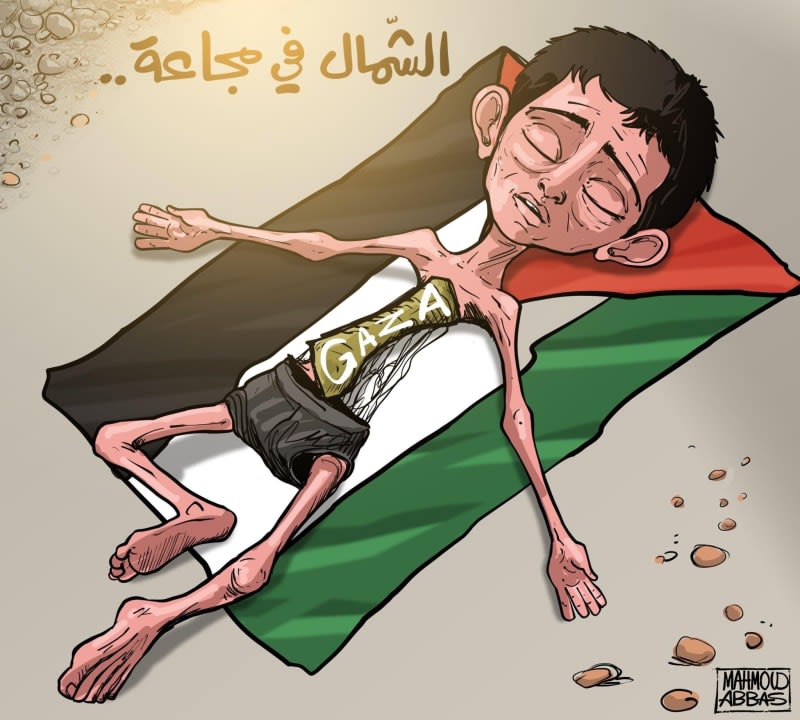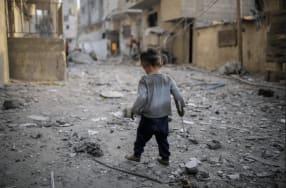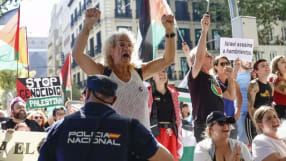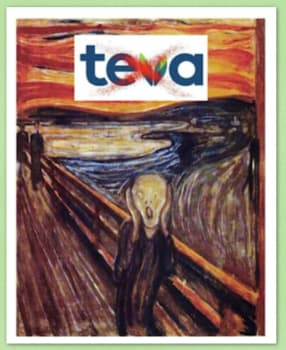Starvation in Gaza. Hambruna en Gaza ENG ESP

A whole city searching for a loaf of bread, Gaza Strip. El hambre en Gaza como arma de guerra.
ENGLISH
April 2 2025
Bread Lines, Empty Shelves, Bombed Farms — This Is How Starvation Feels in Gaza
In Gaza, many of us have come to fear the forced starvation that Israel is inflicting on us more than its bombs.
Israel resumed its bombing campaign in Gaza in mid-March, putting a definitive end to a ceasefire it had already violated countless times. But even before the deadly airstrikes, those of us in Gaza had already found ourselves once again trapped in an endless cycle of fear and uncertainty due to the suffocating closure of border crossings that prevent goods and humanitarian aid from entering. We know all too well what the end of a ceasefire means: the end of any semblance of life in Gaza. The thought of relentless bombardment, continuous displacement and daily killings becoming our reality once more is unbearable. And even more terrifying is the return of starvation.
After enduring 15 months of extreme hunger starting in December 2023, many of us have come to see starvation as even more brutal than the more explicitly violent horrors of war. The memory of days when we could not find even a single loaf of bread to silence our empty stomachs haunts us. This fear has driven people across Gaza to rush to the markets, desperately trying to buy and store whatever food they can.
My father and I also went out to buy supplies on March 19, 2025, the day after the ceasefire ended. We bought flour, rice and legumes — foods that are both affordable and rich in fiber, helping to keep us full for longer. The markets were packed with panicked shoppers, all fearing this might be the last time they would see food on the shelves. Many essential items had already disappeared, including fruit, eggs, vegetables and chicken. Even during the ceasefire, these foods were available only in small quantities and lasted just a few days, as they spoil quickly without reliable electricity or refrigeration.
Canned food, particularly lunch meat and tuna, is becoming increasingly scarce and expensive, with a single can now costing $10. Though many of us in Gaza have grown weary of relying on canned food, we have no choice but to buy it in small quantities due to its high cost. In a bid to make the best of the situation, we experiment with whatever ingredients we have on hand. We’ve turned canned chicken into makeshift shawarma, burgers and even schnitzel, spicing it heavily in a desperate attempt to recreate the flavors of meals we once treasured — meals we were lucky to enjoy, albeit briefly, during the ceasefire.
All bakeries forced to close in Gaza due to lack of flour and fuel
Israel’s destructive month-long blockade leaves Palestinians without bread, their main bulwark against hunger
Autopsy results. April 3rd 2025 Walid Khalid Abdullah Ahmad, 17, died in Megiddo prison on March 22 from starvation, dehydration, and infections caused by prolonged malnutrition and medical neglect.
ESPAÑOL

The only "democracy" in Western Asia, againts press freedom. La única "democracia" en Asia Occidental, en contra de la libertad de prensa. ENG ESP
Closure of Army Radio after 75 years. Cierre de la Radio del Ejército, tras 75 años
Publicado hace 4 días.
Palestine Action. Huelga de hambre. Hunger strike ESP ENG
La huelga de hambre no puede quedar aislada. The hunger strike cannot be isolated.
Publicado hace 5 días.
Palestine. Celebrating Hanukkah atop the ruins. Janucá sobre ruinas. ENG ESP
The Israeli state has weaponized and defiled Jewish traditions. El Estado de Israel ha utilizado y profanado las tradiciones judías
Publicado hace 9 días.
Gaza como cementerio. Gaza as graveyard ESP ENG
Gaza, cementerio de la Humanidad. Gaza, graveyard of the Humanity
Publicado hace 10 días.
España-Israel, una colisión tan indeseada como inevitable (Real Instituto Elcano)
Las tibias medidas contra Israel desatan la furia contra España
Publicado hace 13 días.
Boycott Teva for beginners. Boicot Teva para principiantes. ENG ESP
How to Boycott Teva Medicines: A Guide to “Direct Action”. Como hacer boicot a Teva: una guía de "acción directa"
Publicado el 10 de diciembre.
Zionism is corrupting Israel (Elbit, weapons and more). El sionismo corrompe Israel (Elbit, armas, y más) ENGL ESP
Zionism is corrupting Israel: its prime minister and its companies (Elbit weapons, Teva pharmaceuticals, for example), etc. El sionismo pudre Israel: su primer ministro y sus empresas (Elbit de armamento, Teva de medicamentos, por ejemplo), etc
Publicado el 10 de diciembre.
Israel’s Latest Military Tech. Sell. La última tecnología militar de Israel. Venta
Tested in Gaza, Wanted by the West. Probada en Gaza, buscada por Occidente
Publicado el 6 de diciembre.Ver más / See more


